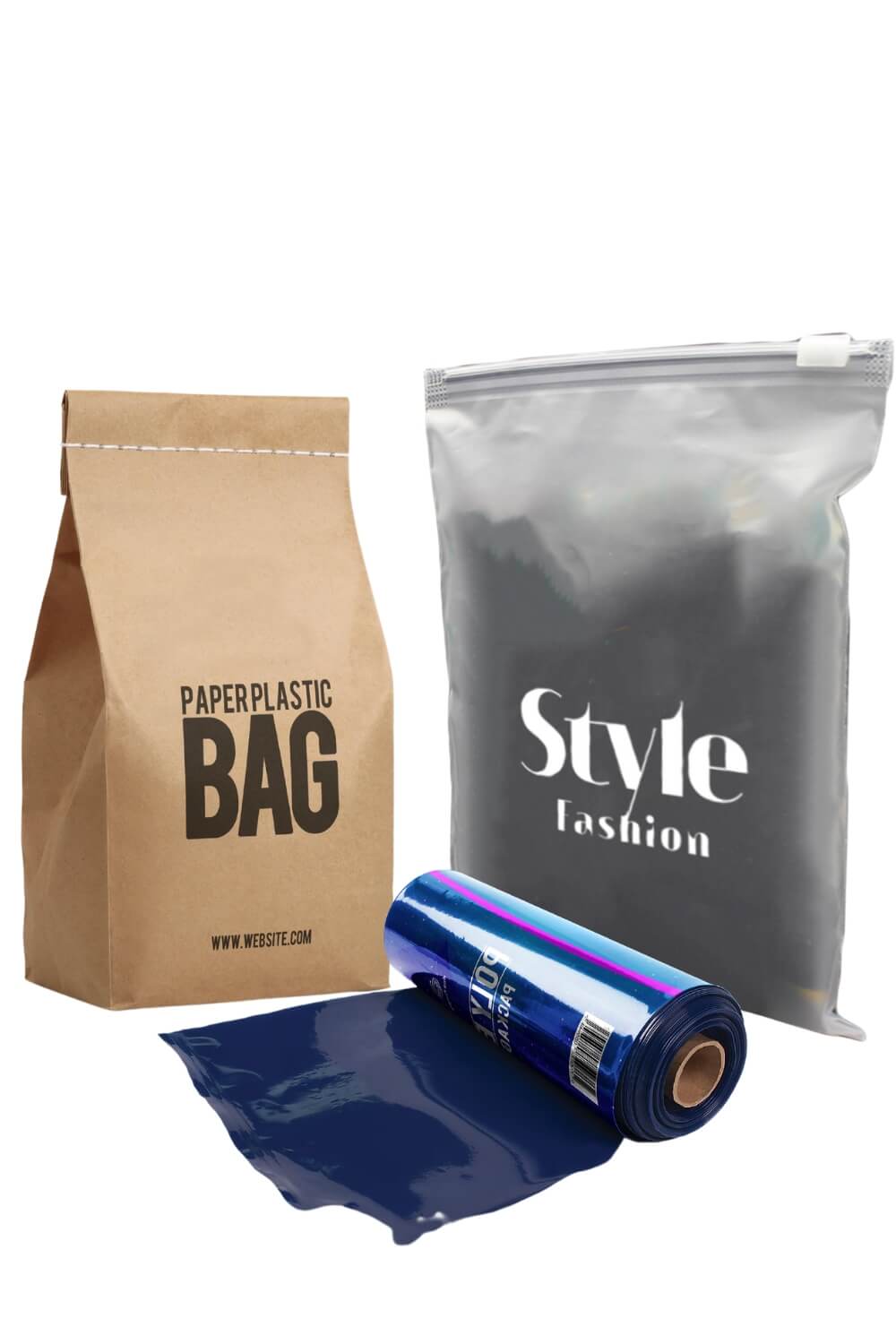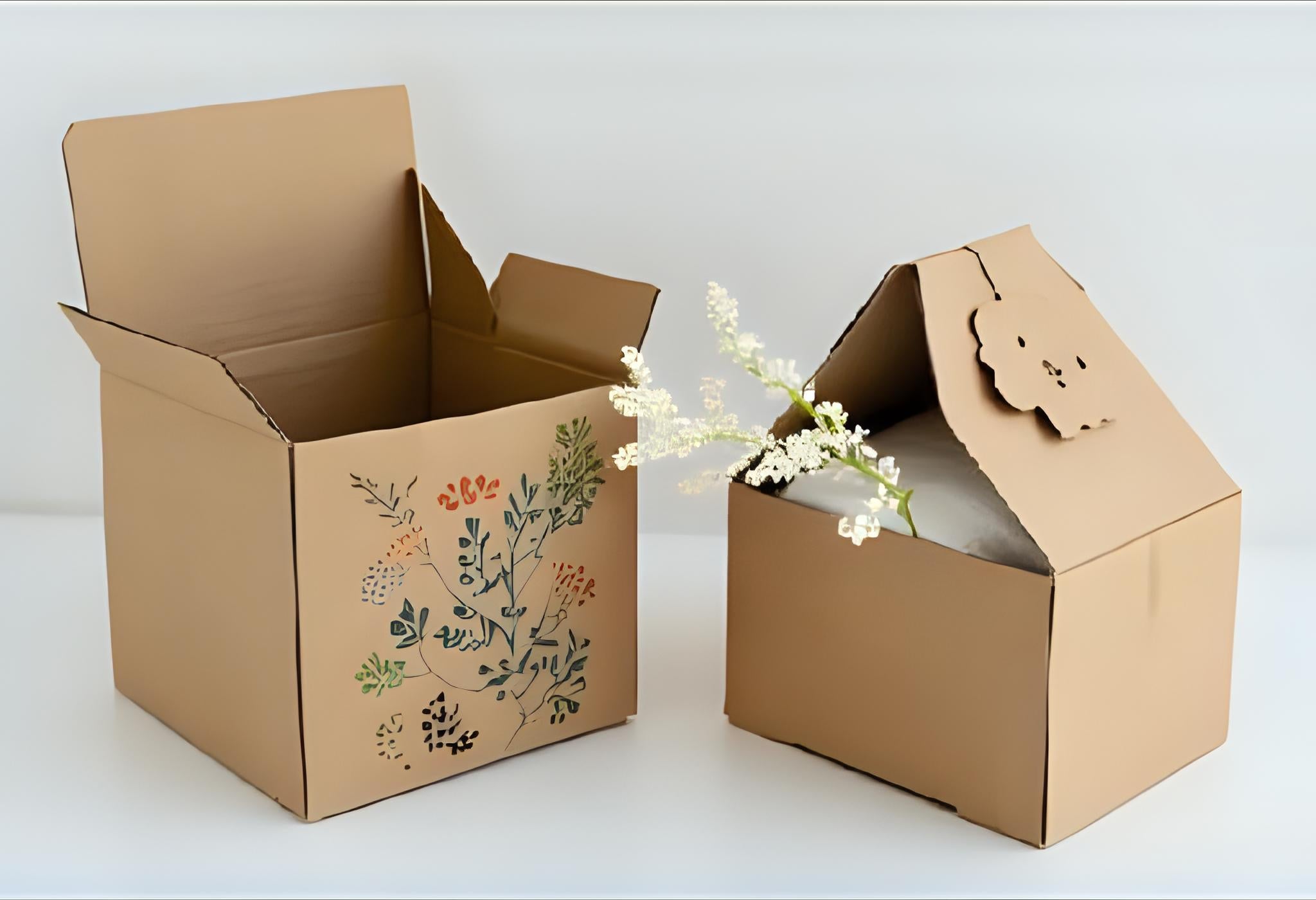In today's world, we are facing an environmental crisis due to the overuse of plastic and other non-biodegradable materials. The accumulation of waste is polluting our oceans, land, and air, and causing harm to wildlife and human health. One of the solutions to this problem is the use of biodegradable materials, which can decompose naturally and without leaving harmful residues.
What is Biodegradable Material?
Biodegradable materials can be made from both natural and synthetic sources. Natural biodegradable materials include plant-based materials like cornstarch, wheat, or sugarcane, while synthetic biodegradable materials are made from petrochemicals like polyhydroxyalkanoates (PHAs) or polylactic acid (PLA).
Biodegradable materials are different from traditional plastics, which can take hundreds or even thousands of years to decompose. Biodegradable materials, on the other hand, can break down relatively quickly under the right conditions, leaving no harmful residues behind.
There are several factors that can influence the rate of biodegradation, including temperature, moisture, and the presence of microorganisms. Some biodegradable materials, like PHAs, require high temperatures and specific microorganisms to biodegrade, while others, like PLA, can biodegrade in a wider range of conditions.
It's important to note that not all biodegradable materials are created equal, and some may not break down as quickly or completely as others. It's also important to ensure that biodegradable materials are disposed of properly, such as in a composting facility, to ensure that they can biodegrade and not contribute to environmental pollution.
Overall, biodegradable materials offer a more sustainable and eco-friendly alternative to traditional non-biodegradable materials. By using biodegradable materials, we can reduce waste, protect the environment, and move towards a more sustainable future.
Why Use Biodegradable Material?
The use of biodegradable materials offers a range of benefits for the environment and human health. Here are some of the main advantages of using biodegradable materials:
-
Reducing waste: Biodegradable materials can be broken down and reused by nature, which means less waste in landfills and oceans. Traditional non-biodegradable materials can take hundreds or even thousands of years to decompose, leading to a buildup of waste that harms the environment.
-
Lowering greenhouse gas emissions: Biodegradable materials produce fewer greenhouse gas emissions compared to non-biodegradable materials. Traditional non-biodegradable materials often require a significant amount of energy to produce, contributing to carbon emissions and climate change.
-
Improving soil health: Biodegradable materials can be used to make compost, which improves soil health and reduces the need for chemical fertilizers. Compost made from biodegradable materials can enrich the soil with nutrients and improve its ability to retain water.
-
Protecting wildlife: Biodegradable materials are less harmful to wildlife than non-biodegradable materials, which can get entangled or ingested by animals. This can lead to injury or death, harming both individual animals and entire ecosystems.
-
Promoting a sustainable future: The use of biodegradable materials is a step towards a more sustainable future, where we use resources wisely and protect the environment for future generations. By using materials that can decompose naturally, we can reduce our impact on the environment and promote a more sustainable way of living.
The use of biodegradable materials offers a range of benefits for the environment and human health. By embracing biodegradable materials, we can reduce waste, lower greenhouse gas emissions, improve soil health, protect wildlife, and promote a more sustainable future for all.
Types of Biodegradable Material
There are several types of biodegradable materials, each with its unique characteristics and applications. Here are some of the most common types:
-
Biodegradable plastics: Biodegradable plastics are made from natural materials like cornstarch, cellulose, or potato starch, or synthetic materials like polylactic acid (PLA). They can break down in a composting environment or soil within a few months. Biodegradable plastics can be used in a range of applications, including packaging, bags, and disposable cutlery.
-
Biodegradable paper: Biodegradable paper is made from recycled materials and treated with natural additives like vegetable oils or citric acid. It can break down in a composting environment within a few weeks. Biodegradable paper can be used in a range of applications, including packaging, bags, and paper towels.
-
Biodegradable textiles: Biodegradable textiles are fabrics made from natural materials like cotton, linen, or hemp. They can break down in a composting environment within a few months. Biodegradable textiles can be used in a range of applications, including clothing, bedding, and towels.
-
Biodegradable food packaging: Biodegradable food packaging is made from natural materials like bamboo, palm leaves, or sugarcane. It can break down in a composting environment within a few months. Biodegradable food packaging can be used in a range of applications, including food containers, cups, and plates.
-
Biodegradable building materials: Biodegradable building materials are made from natural materials like wood, bamboo, or cork. They can break down in a composting environment or soil within a few years. Biodegradable building materials can be used in a range of applications, including flooring, insulation, and wall panels.
-
Biodegradable medical implants: Biodegradable medical implants are made from materials like PLA or polyglycolic acid (PGA) and can be used in a range of medical applications, including sutures, stents, and bone implants. They can break down in the body over time, eliminating the need for surgical removal.
Overall, the use of biodegradable materials offers a range of benefits for the environment and human health. By using biodegradable materials in a range of applications, we can reduce waste, lower greenhouse gas emissions, and move towards a more sustainable future.
The use of biodegradable materials offers a promising solution to the environmental crisis we are facing. As we continue to produce and consume goods at an ever-increasing rate, traditional non-biodegradable materials like plastics are piling up in landfills, oceans, and other natural habitats. This accumulation of waste is leading to significant environmental and health risks for both wildlife and humans.
The use of biodegradable materials can help address this issue by providing a more sustainable and eco-friendly alternative. By using materials that can decompose naturally, we can reduce waste, lower greenhouse gas emissions, and move towards a more sustainable future. Additionally, the use of biodegradable materials can improve soil health, protect wildlife, and promote a more responsible approach to resource management.
While biodegradable materials are not a perfect solution, they are a step in the right direction towards a cleaner, healthier, and more environmentally friendly world. It is important to ensure that biodegradable materials are disposed of properly, such as in a composting facility, to ensure that they can biodegrade and not contribute to environmental pollution.
As consumers and businesses, we can also play a role in promoting the use of biodegradable materials by choosing products and packaging made from these materials, and by properly disposing of them. By embracing biodegradable materials and taking responsibility for our waste, we can help create a more sustainable future for ourselves and future generations.





Leave a comment
This site is protected by hCaptcha and the hCaptcha Privacy Policy and Terms of Service apply.